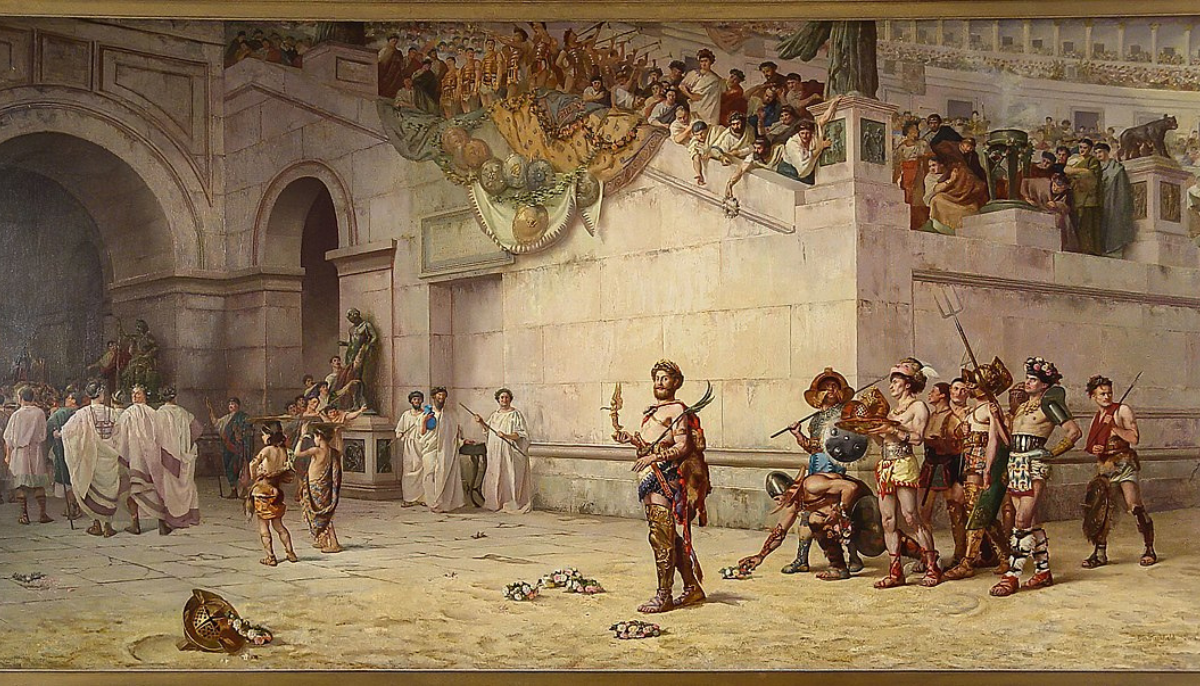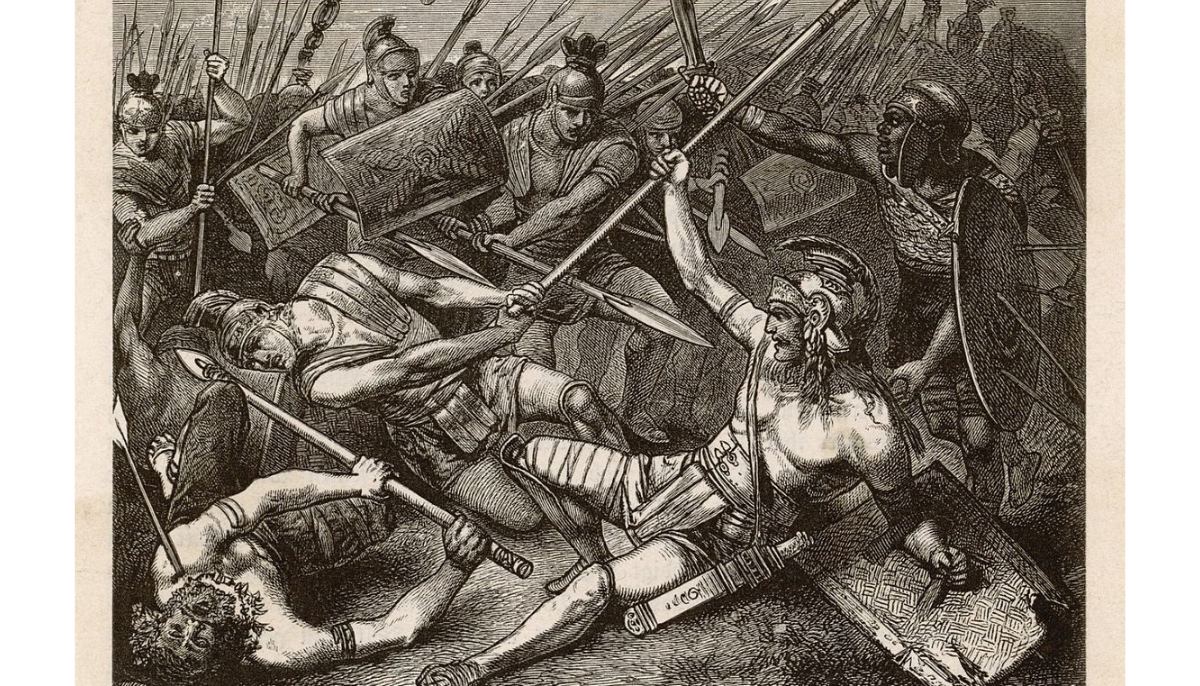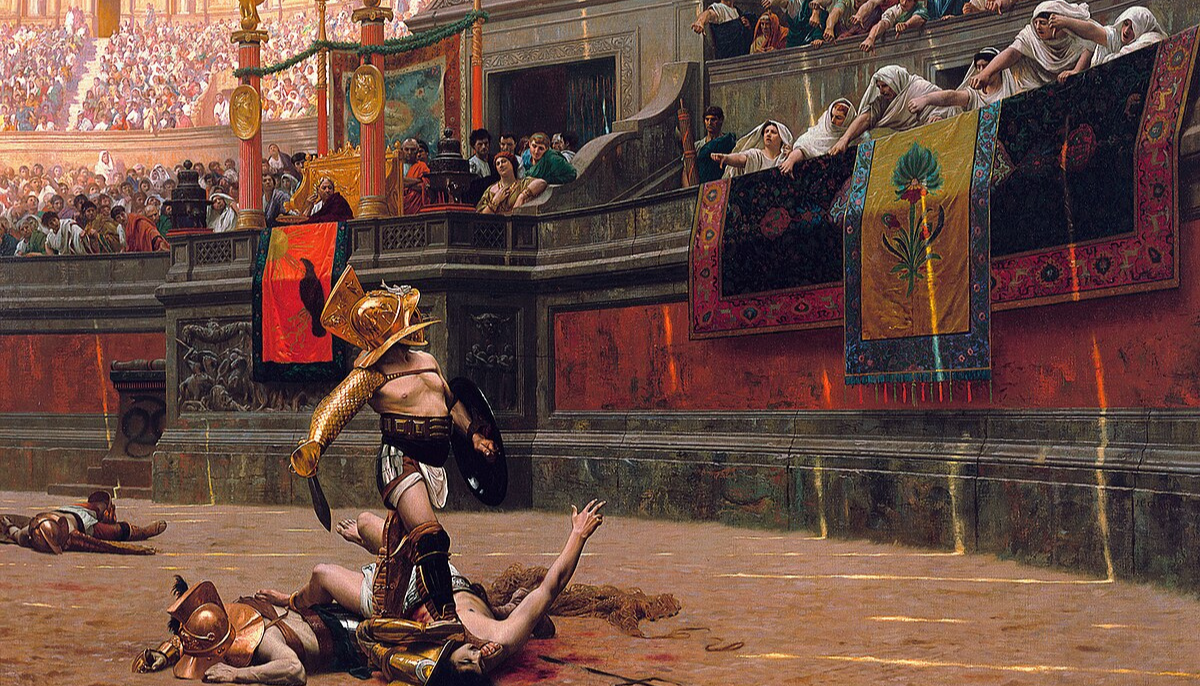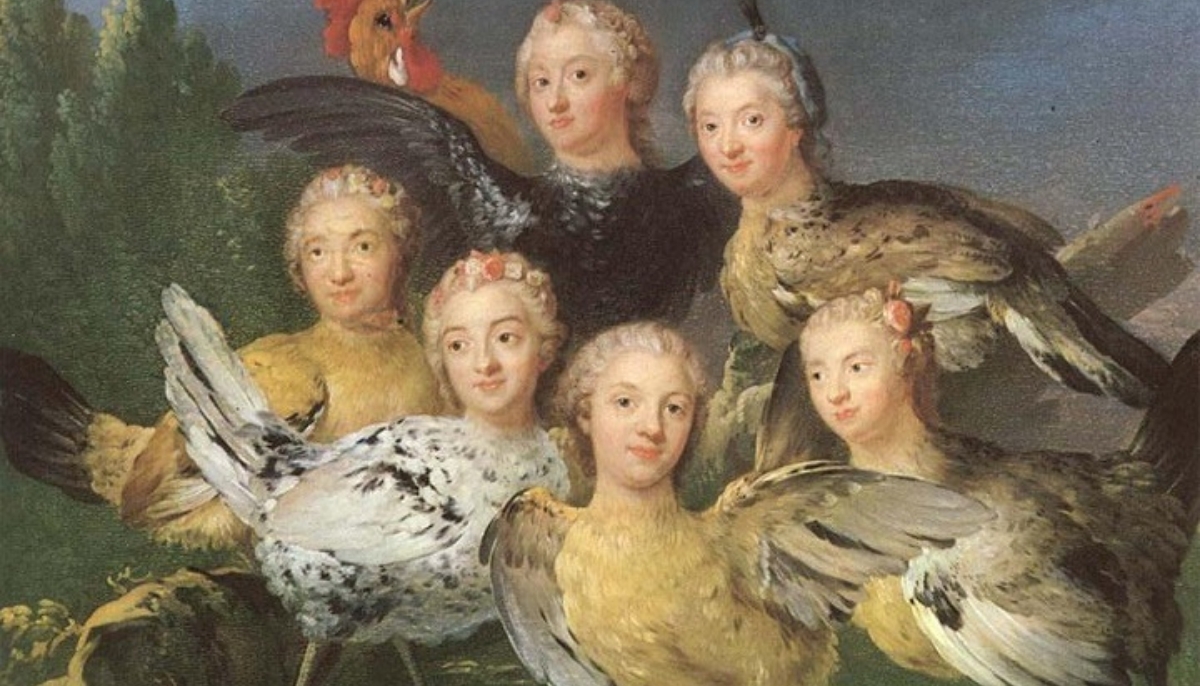This article delves into the lives of the most famous Roman gladiators, uncovering their stories of bravery, rebellion, and spectacle.
From the enigmatic female gladiator Mevia to the revered rebel Spartacus, each gladiator left an indelible mark on history.
Their tales of triumph and tragedy provide a glimpse into the brutal yet fascinating world of gladiatorial combat in ancient Rome.
10. Mevia – the Gladiatrix
Mevia, a female gladiator known as a gladiatrix, stood out in Roman gladiatorial history. Female gladiators were rare and seen as an oddity.
Despite the limited information about them, the poet Juvenal provides a glimpse into Mevia’s life. He describes her as a beast-hunter, engaging in arena battles with boars, spear in hand, and with a daring display of bravery.
9. Marcus attilius – the volunteer
Unlike many gladiators who were slaves, Marcus Attilius was a free-born Roman. He chose to become a gladiator and began his career with remarkable victories.
Attilius defeated two experienced veterans, each with 12 wins, in stunning upsets. These victories earned him fame in Pompeii, where graffiti still commemorates his legacy.
8. Spiculus – Nero’s favorite gladiator

Spiculus made a name for himself by defeating Aptonetus, a veteran with 16 wins, in his debut. This victory caught the attention of Emperor Nero. Nero showered Spiculus with gifts and palaces, elevating his status.
However, as Nero’s reign declined, he requested Spiculus to assist in his suicide. Spiculus declined, and Nero took his own life. After Nero’s death, Spiculus faced the wrath of the public and was ultimately beaten to death by a mob.
7. crixus – the right-hand man of Spartacus
Crixus, a Gallic gladiator, is renowned for his crucial role in the Third Servile War. A fierce opponent of the Roman elite, Crixus joined forces with Spartacus, becoming his right-hand man.
Commanding 30,000 men, Crixus eventually split from Spartacus, possibly to seek revenge against the Roman elites in the south. His separate path was driven by a deep resentment towards the Roman establishment. He would be killed in battle.
6. flamma – the Syrian champion
Flamma, born in Syria during the Hadrian era, was a distinguished gladiator. He fought 34 times, showcasing his exceptional skills.
Remarkably, he was offered freedom four times but chose to remain a gladiator each time. His survival in 13 battles where he was spared death illustrates that not all gladiatorial fights ended fatally. Flamma died at 30, leaving a legacy of bravery in the arena.
5. Carpophorus – conqueror of the beast

Carpophorus is famed for his extraordinary feats against wild animals. He is said to have defeated 21 animals in a single event, a testament to his prowess and strength.
Carpophorus played a significant role in the inaugural games of the Flavian Amphitheater, showcasing his skills in a grand spectacle. His achievements in the arena against ferocious beasts remain a highlight of gladiatorial history.
3-4. Priscus and Verus – dual champions
Priscus and Verus, two successful gladiators, played a pivotal role in the inaugural events of the Colosseum. Their duel is remembered for its extraordinary length, lasting several hours. In a remarkable conclusion, they submitted to each other simultaneously, a gesture that won the crowd’s roaring appreciation.
Emperor Titus, moved by their performance, awarded both gladiators their freedom and retirement, celebrating their skill and sportsmanship.
2. Commodus – the Emperor gladiator

Commodus, one of Rome’s most infamous emperors, had a unique fascination with gladiators. Unlike Maximus, a fictional character from the film, Commodus’ desire to be a gladiator was very real.
His reign is often characterized as mad and extravagant. He reportedly fought in over 700 combats, facing both animals and men. Despite his lack of actual skill, no one dared to seriously challenge him, ensuring his victories.
1. Spartacus – Ancient Rome’s most famous gladiator

Spartacus, the most famous gladiator in ancient Rome, was originally a slave. He never fought in an amphitheater; instead, he led a massive slave uprising known as the Third Servile War.
Spartacus escaped his gladiator school in Capua and took refuge on Mount Vesuvius, soon attracting thousands of followers. At its peak, his army numbered up to 120,000.
Despite some early victories, Spartacus’ rebellion was eventually crushed by Crassus. Spartacus died in battle, and 6,000 survivors of his army were crucified along the road to Rome as a grim warning.






